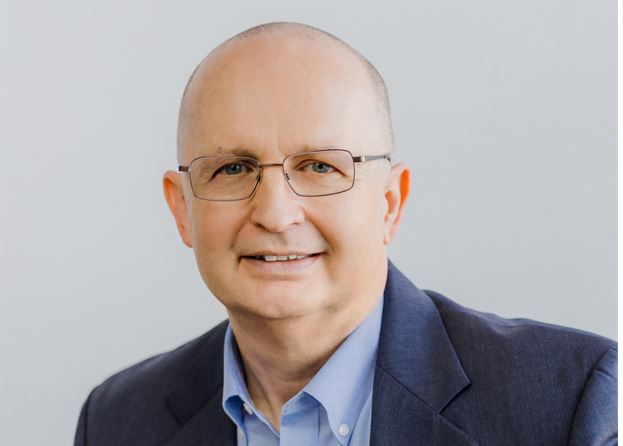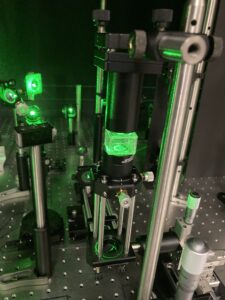Name: Professor Hergen Eilers
Organization: ISP/Applied Sciences Laboratory at Washington State University
Hometown: Born and raised in Varel, Germany. Since 2004, Spokane, WA has been my home. In between, I have lived in many other places.
Hobbies/Interest Outside of Work: Reading, anything from history to continuing education to historic fiction. James Michener is one of my favorite authors.
Research Area/Focus Area (as it relates to the MSEE URA):
Characterization of the decomposition of CWA simulants using optical and other analytical techniques.
How does the MSEE URA and its collaborative nature benefit you?
The regular semimonthly meetings of our Focus Group provide a wonderful means to exchange information and to learn what others are doing, stimulating our own research. In addition, working within the MSEE provides opportunities to meet new people with whom to explore potential collaborations.
How will the MSEE URA will be improved through your involvement?
Our previous DTRA-sponsored research revealed a new decom position pathway for DIMP. We hope to continue this type of work and actively contribute to developing a better understanding of the decomposition chemistry. This information will hopefully help the modelers improve their simulations. In addition, we are looking at new diagnostics to detect and characterize these types of materials. Some of these techniques might be helpful to others who work on similar problems.
Describe your plans for collaboration within and external to the URA.
We are currently collaborating with Mark Phillips on the analysis of our data. Using his resources, he has provided us with some good initial feedback. We are also in discussions with Raj Sinha on modeling our sample chamber. This collaboration will hopefully help improve our analytical capabilities. Furthermore, we are working with Tim Weihs and NIST on characterizing a simulant material. Going forward, I see more collaborations with the researchers who are preparing reactive materials and which we might test in our lab.


